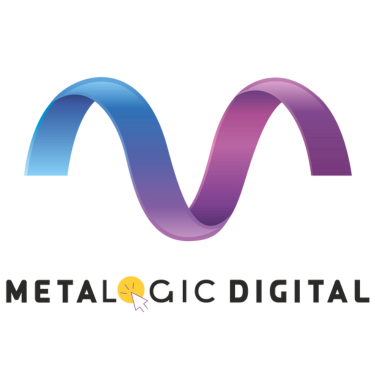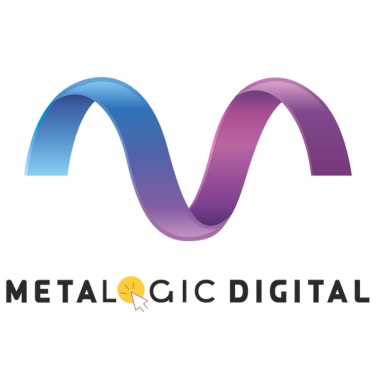Understanding Generative Engine Optimization (GEO)
Why GEO Matters in 2025
How Generative Engines Pull Content
How to use AI for e -commerce material:
Key GEO Strategies to Implement in 2025
1. Create Expert-Led, Insightful Content
2. Use Semantic SEO and Structured Content
3. Leverage Schema Markup
Structured data like FAQ schema, product schema, and how-to schema improve the chances of your content being selected by generative engines.
Tip: Use Google’s Rich Results Test to validate your schema implementation.
4. Target Long-Tail and Conversational Keywords
5. Build Topical Authority
6. Focus on Factual Accuracy
7. Get Backlinks from High-Authority Sites
While traditional backlinks still matter, for GEO, who links to you is more important than how many. AI models favor domains that are frequently cited and considered trustworthy.
Tip: Invest in digital PR, guest posting, and partnerships with known industry publishers.
How MetaLogic Digital Helps You Optimize for GEO
Frequently Asked Questions

Traditional SEO focuses on ranking in the top of search engine result pages. GEO is about being cited, summarized, or mentioned in AI-generated search answers (like Google SGE or ChatGPT results), even if you’re not ranked first.
They use a mix of structured data, trust signals (E-E-A-T), content clarity, accuracy, and topical authority. Well-formatted content with strong expertise and sources is more likely to be featured.
No. GEO applies to all AI search platforms including ChatGPT, Bing Chat, Microsoft Copilot, and voice assistants like Siri and Alexa. Any system generating content from your website data needs GEO optimization.
Now. As search behavior evolves and AI engines become more prominent, brands that optimize early will gain long-term visibility and authority. GEO isn’t a trend—it’s the next evolution of search.





